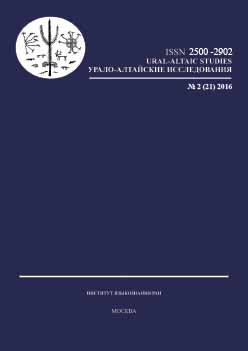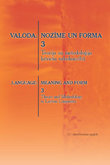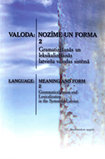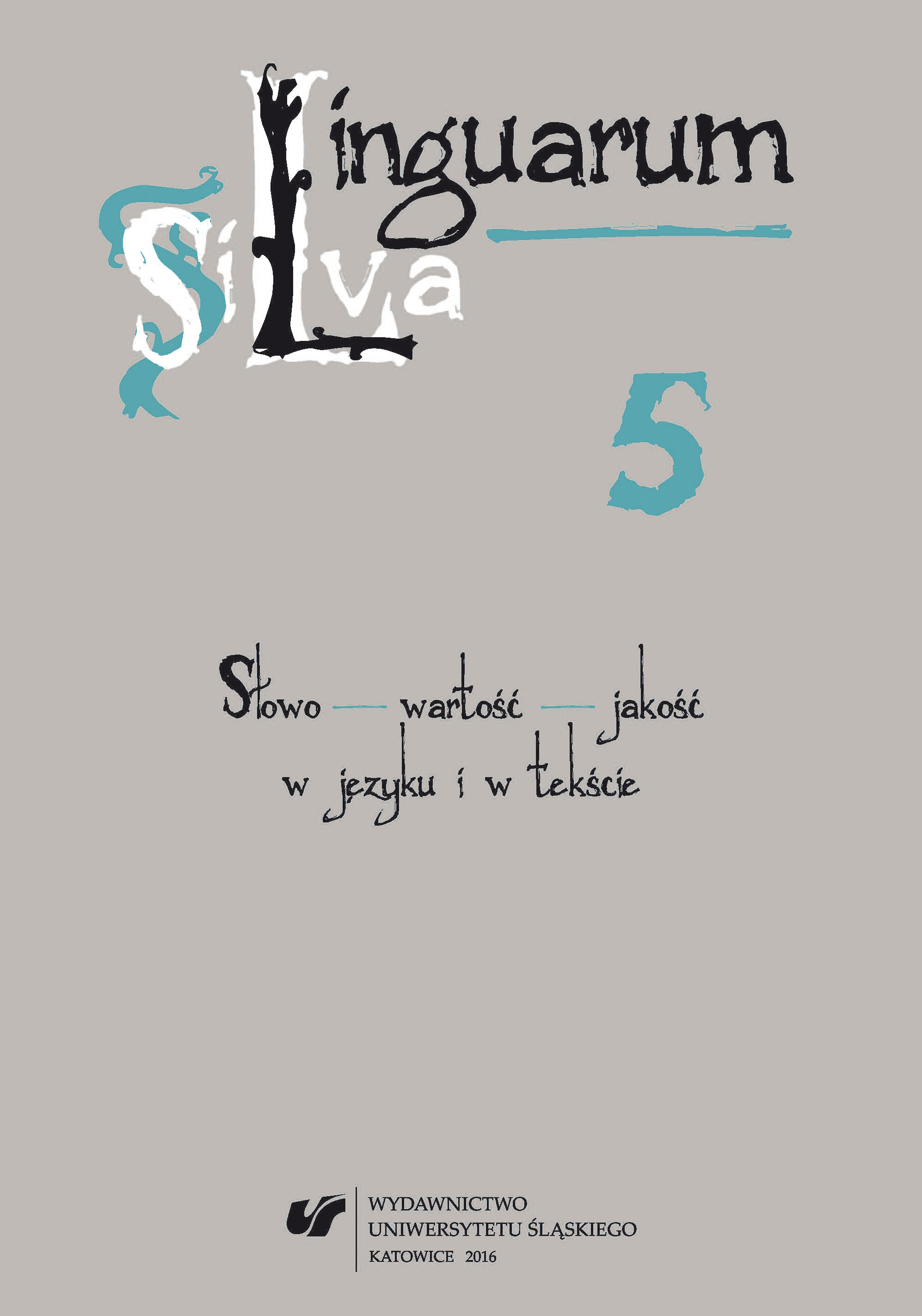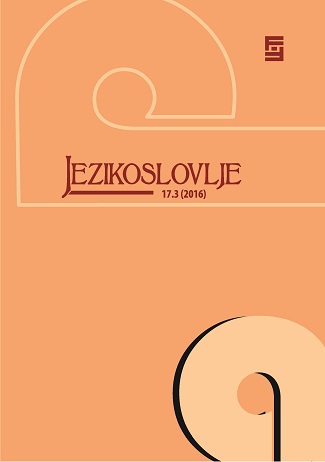
Leksikografska obrada glagola, glagolskih kolokacija i sintagmi u dvojezičnim tehničkim rječnicima
The paper emphasizes the importance of consistent and unified lexicographic treatment and of the inclusion of verbs, verb collocations and verb phraseology in bilingual specialized dictionaries. The analysis of 9 bilingual technical dictionaries has shown that multi-word lexical units that have a verb as one of their components are rarely included in bilingual specialized dictionaries, and when they are included, their representation is not unified. This can be partly attributed to unclear boundaries of multi-word lexical units but also to the lack of a sound theoretical basis. Therefore, this paper argues that the lexicographic treatment of such units should be theoretically based. Thus, the Sociocognitive and/or Frame Based Theory approaches to terminology seem to provide the best guidelines in this regard. The inclusion of various usage examples taken from the specialized corpus of texts in a specific domain is also highlighted as an important segment in assembling specialized dictionaries. A model for a more consistent lexicographic treatment of multi-word lexical units containing verbs is also provided.
More...
